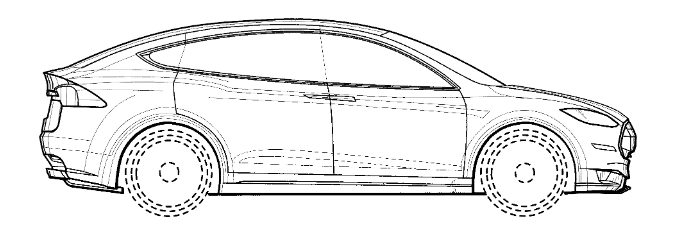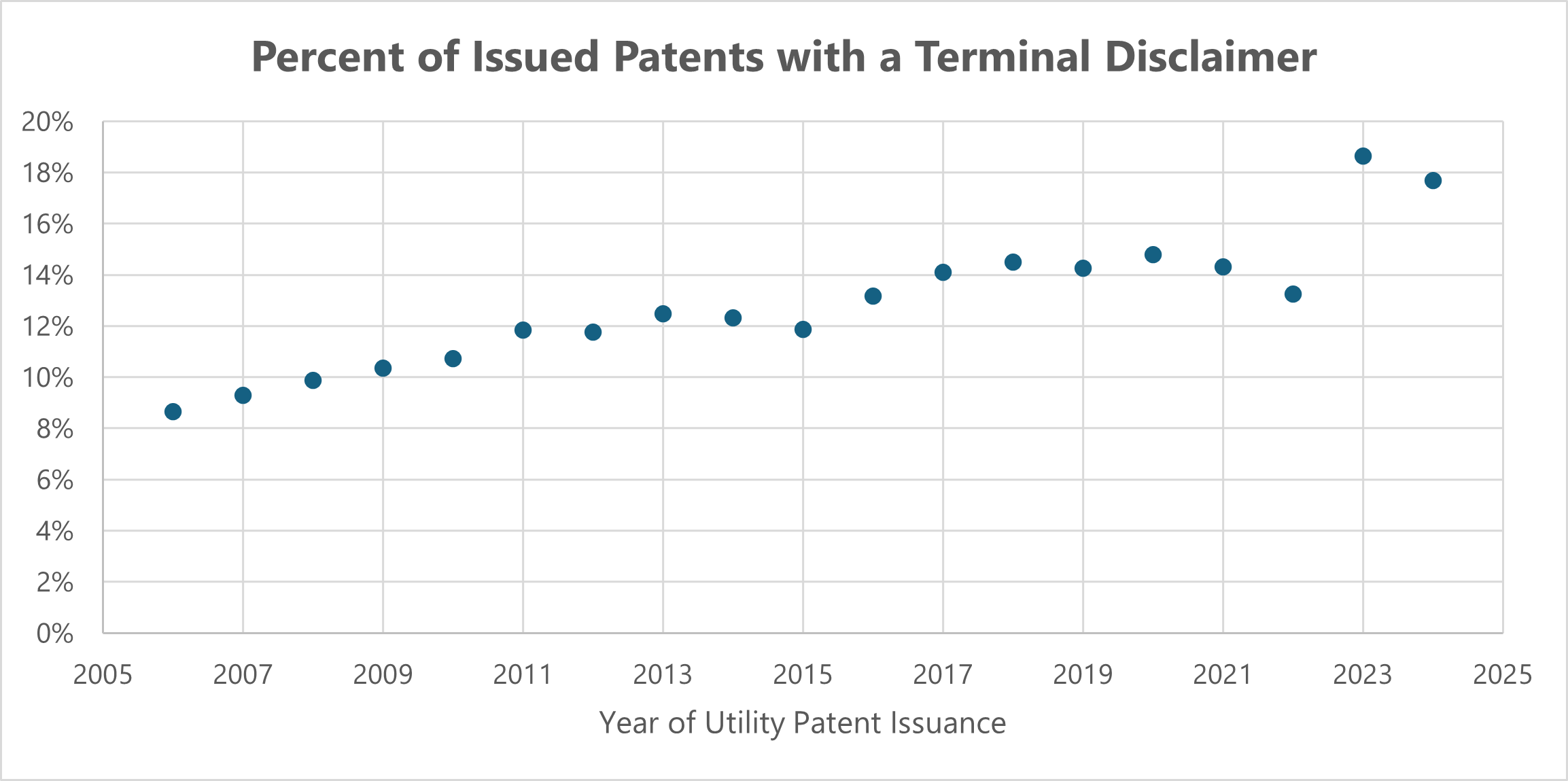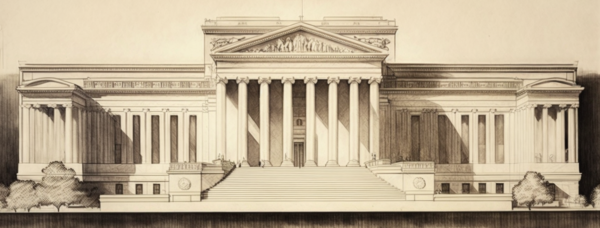by Dennis Crouch
The pending petition for certiorari in Chestek v. Vidal focuses on the extend that the APA requires the USPTO to follow notice-and-comment requirements when promulgating regulations under 35 U.S.C. § 2(b)(2). In its decision below, the Federal Circuit held that the USPTO is exempt from these requirements because the types of rules it is authorized to issue under Section 2(b)(2) are procedural in nature, and the APA excuses "rules of agency ... procedure" from the requirements. There are two ways that the Federal Circuit potentially erred:
- The TM applicant home-address requirement being challenged here is not the type of procedural rule exempted under the APA; and
- Even if it is procedural, the particular requirements of the Patent Act's section 2(b)(2) requires following the notice and comment requirements.
The Federal Circuit agreed that 35 U.S.C. § 2(b)(2) requires USPTO regulations to be "made in accordance with" the APA -- but disagreed that this requires notice-and-comment for all new regulations. The court concluded that the APA inherently includes an exception for procedural requirements and so the USPTO was not required to follow notice-and-comment rulemaking when promulgating the trademark applicant home-address rule, because the court deemed it to be a procedural rather than substantive rule exempt from those APA requirements.
Five amicus briefs were recently filed in support of the petitioner, arguing that Supreme Court review is warranted to correct the Federal Circuit's erroneous decision, arguing that the Federal Circuit's interpretation of Section 2(b)(2) is flawed and undermines important principles of administrative law.



